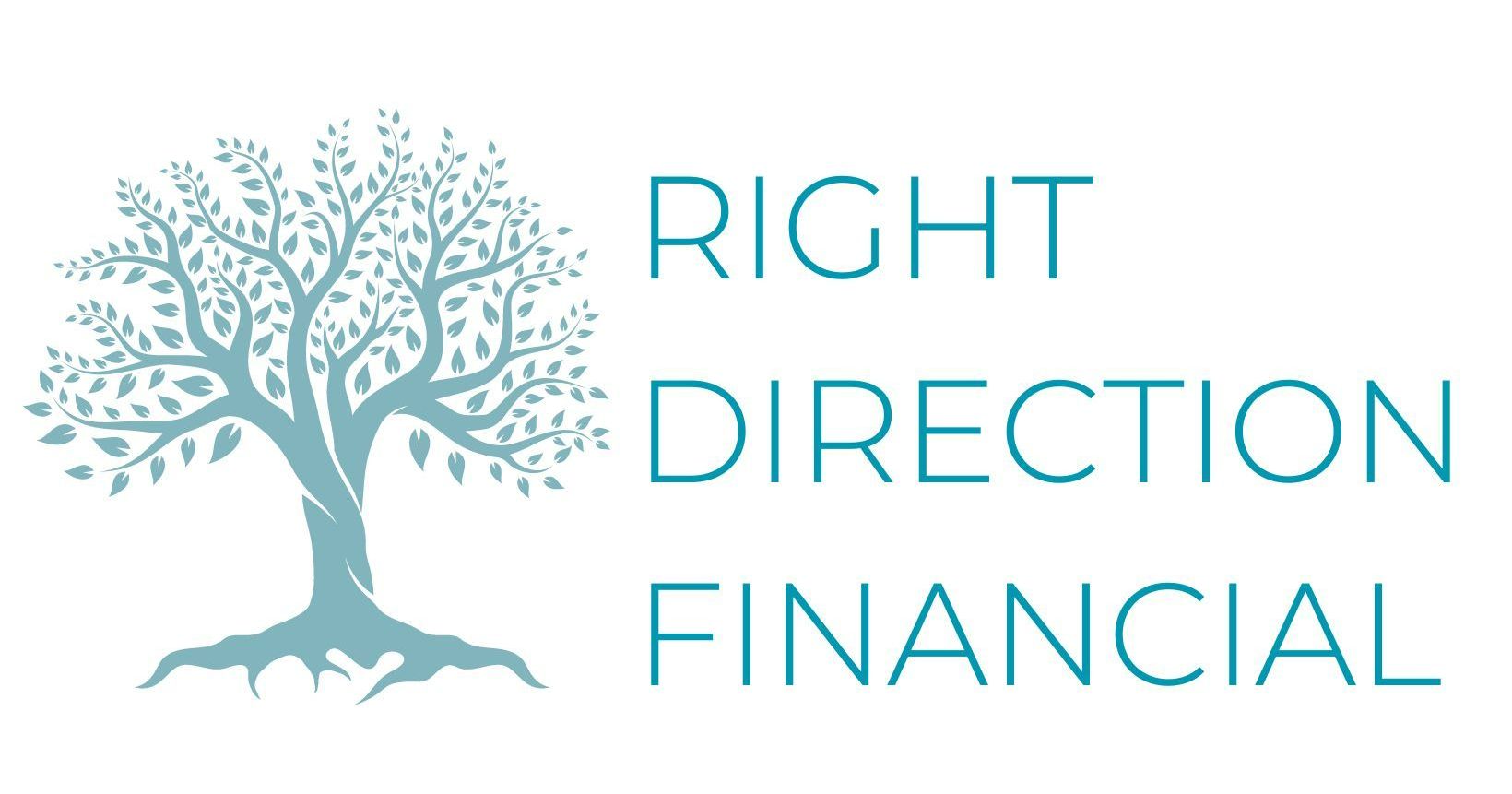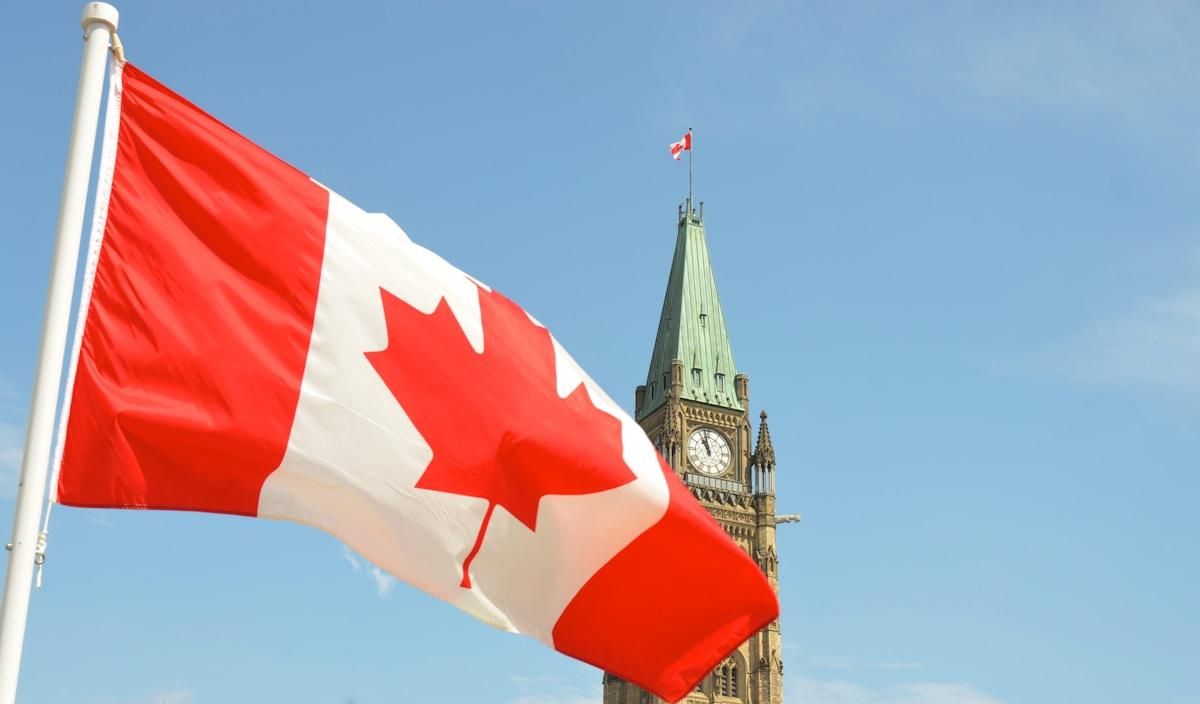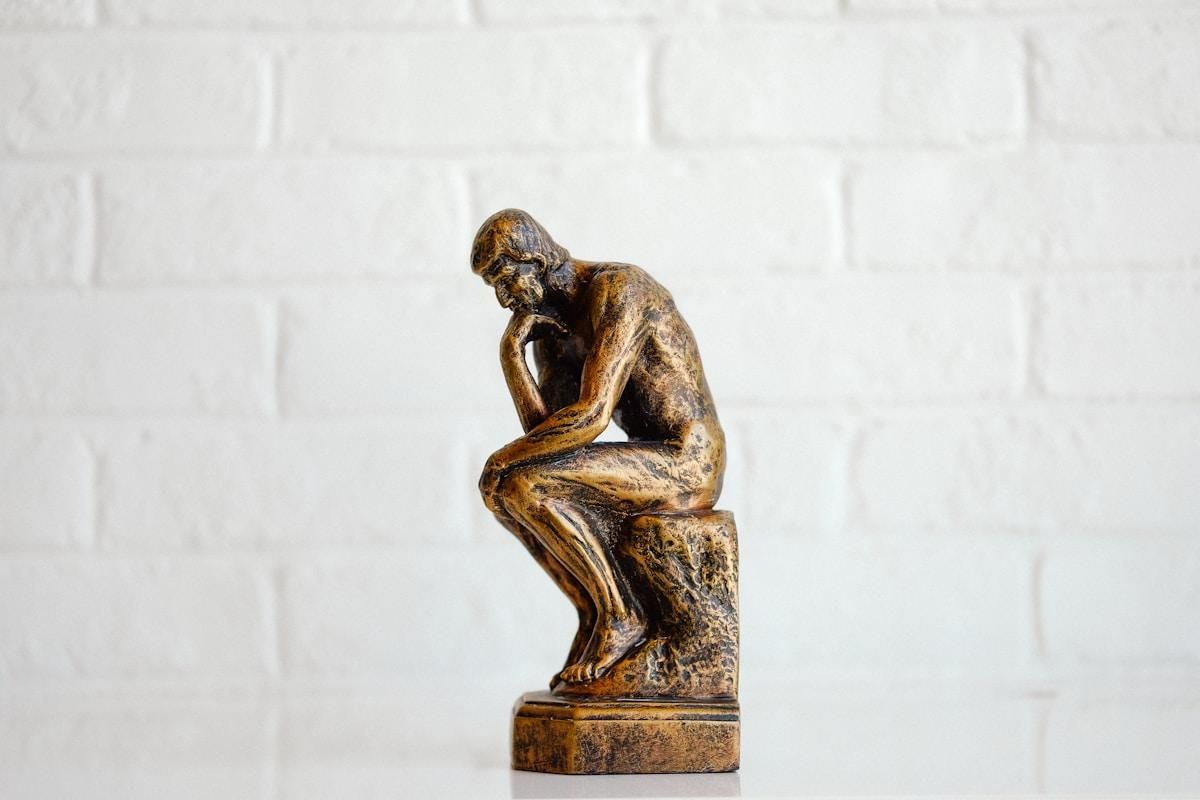Imagine walking into your childhood home, only to find it frozen in time—every drawer brimming with old receipts, closets packed with outdated clothes, and shelves lined with knickknacks from decades past.
That's exactly what happens to many of us when our parents pass away, leaving behind a house untouched by decluttering or downsizing.
The term "death cleaning," or "döstädning" in Swedish, refers to the process of sorting through one's belongings before they pass on. While it might sound morbid, it's a necessary and often therapeutic task. For many, this means sifting through years of accumulated items, each holding memories, emotions, and sometimes, surprises.
As you navigate this overwhelming process, you may find ourselves grappling with questions many of us will face:
- What do we keep?
- What do we let go?
- How do we honor our loved ones' memories without being buried under their possessions?
It is an emotional journey of death cleaning, emphasizing the importance of organizing and decluttering—not just for ourselves, but for those we leave behind. It's a poignant reminder that while our belongings tell our stories, it's the memories and connections that truly matter.
Swedish death cleaning, or "döstädning" in Swedish, is a practice of decluttering your belongings as you age to make things easier for your loved ones after you're gone.
The concept was popularized by Margareta Magnusson in her book "The Gentle Art of Swedish Death Cleaning."
It’s not just about tidying up—it's a thoughtful process of organizing your life and letting go of items that no longer serve you. The idea is to reduce the burden on your family when they eventually have to sort through your possessions.
It encourages you to focus on what truly matters and be mindful of the memories you leave behind.
Here are some practical tips to get started with Swedish death cleaning:
1. Start Early and Small:
- You don't have to wait until you're elderly to begin. Start now with manageable areas like a single closet or a drawer.
2. Reflect on Your Belongings:
- Ask yourself: Does this item bring me joy? Will someone else find it meaningful? If not, it might be time to let it go.
3. Prioritize Personal Items:
- Begin with things that are easy to part with (like outdated paperwork), and save sentimental items (like photos or keepsakes) for later.
4. Involve Loved Ones:
- Talk to your family about what they'd like to keep. Sometimes the things you find insignificant might hold value to them.
5. Label and Organize:
- Clearly label items you want to pass on. Write down stories or memories associated with heirlooms so your family knows why they’re special.
6. Create a Memory Box:
- Keep one small box for truly meaningful items. This helps you focus on quality rather than quantity.
7. Digitize What You Can:
- Scan old photos and important documents. This reduces physical clutter while preserving memories.
8. Give Away While You’re Alive:
- Share valuable items or keepsakes now, so you can see the joy they bring to others.
9. Document Your Wishes:
- Make a list of items and where they should go. Include instructions for any valuable or sentimental items.
10. Be Kind to Yourself:
- It’s an emotional process—take breaks when needed and remind yourself that this is a gift of thoughtfulness for your loved ones.
There are companies within BC that can help with decluttering and organizing if your parent(s) is overwhelmed.
Source: https://www.montrealgazette.com/entertainment-life/article661455.html


















